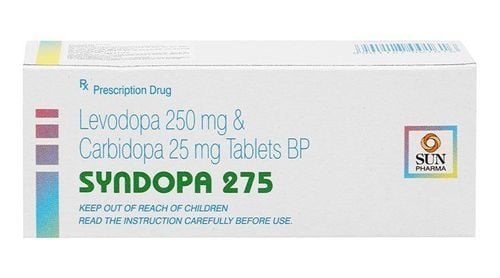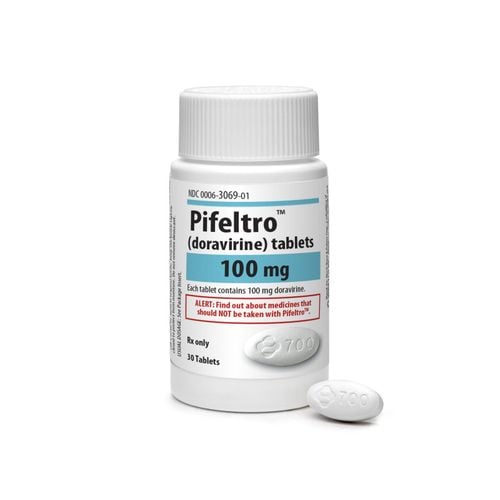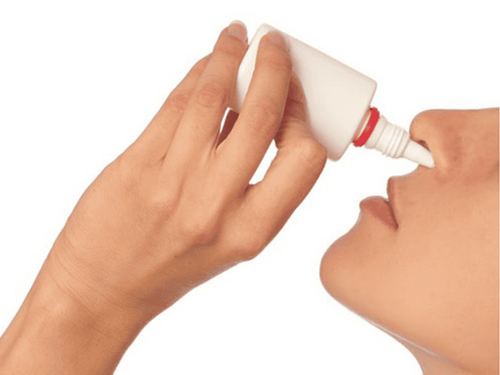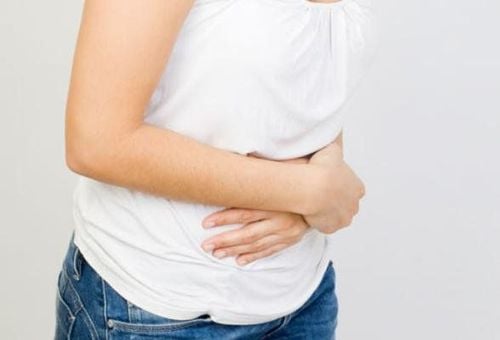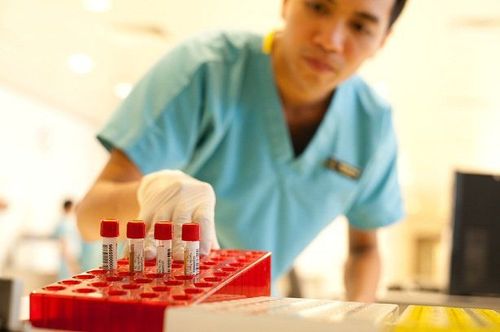This is an automatically translated article.
The article was professionally consulted with Specialist Doctor II Huynh Thi Diem Thuy - Vaccine Consultant - Pediatrics - Neonatology Department, Vinmec Central Park International General Hospital.Mumps is an infectious disease that spreads easily through the respiratory tract, usually in children. The disease causes many dangerous complications and even causes infertility if not treated promptly.
1. Mumps is caused by the Mumps virus
Mumps is an acute infectious disease caused by the Mumps virus of the family Paramyxoviridae. Children are the most susceptible to mumps. Statistics show that more than 80% of cases are in children under 15 years old, children aged 6-10 are the most common.Most people only get the disease once in their life because after contracting the disease, the patient has immunity that lasts many years in the body. This antibody can be obtained by vaccination, the prevention rate is up to 75-90%. Immunity from mother to child only lasts about 1 year.
Mumps virus is transmitted directly through the respiratory tract from people with acute illness, through contact with saliva or nasopharyngeal secretions of an infected person when they cough or have a runny nose.
2. The symptoms of mumps are the same in both girls and boys
Symptoms of mumps are quite diverse in each infected subject, there are similarities and differences between boys and girls. The virus is directed to the exocrine and nervous glands, in addition to causing damage to the child's genitals, leading to different symptoms of the disease in the genitals.
Here are the common symptoms of children with mumps:
2.1 Initiation phase
After an incubation period of 18-21 days, the onset of the disease caused the child to have a fever of 38-39 degrees Celsius, body aches, headaches, and poor sleep.2.2 Full-blown stage
Inflammation of the parotid salivary glands is the most common typical symptom in children with mumps, accounting for 70% of clearly localized forms.
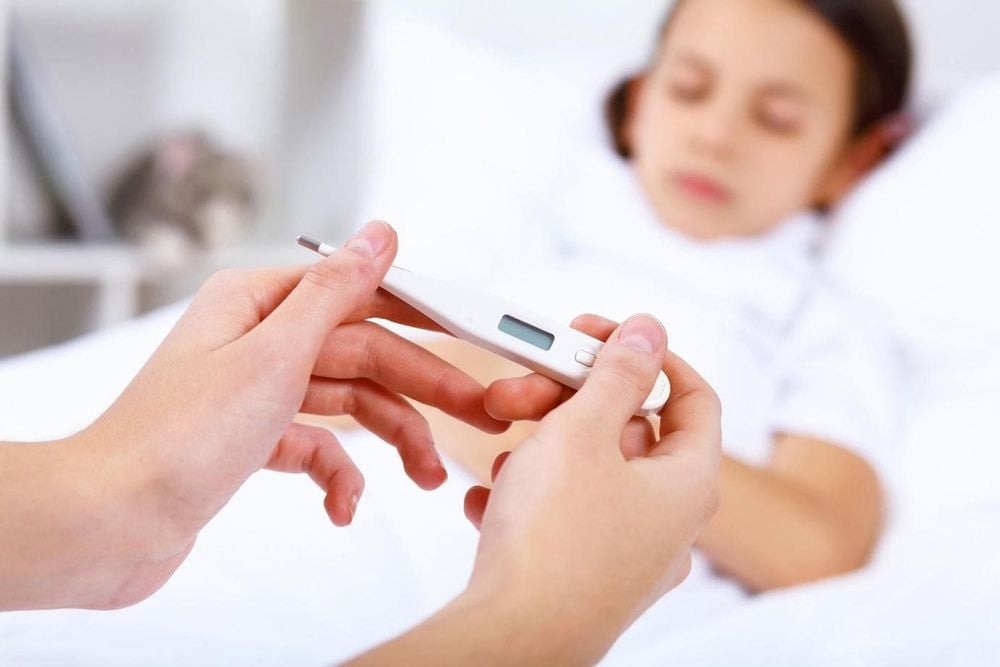
Trẻ mắc quai bị bị sốt cao nhiều giờ
To the full stage from 24-48 hours after fever, the patient will develop inflammation of the parotid gland. At first, there is usually swelling on one side of the chin below the ear, and after 1-2 days, the swelling continues to the other side. Most children usually have swelling on both sides, rarely only one side.
The two sides of inflammation are often asymmetrical, the cheek skin is swollen, tight, glossy, not concave, hot to the touch, not red, painful, saliva is little and viscous.
3 The typical pain sites of mumps salivary gland inflammation are the temporomandibular angle, the mandibular angle, and the mastoid point.
2.3 Remission stage
Patients usually have no fever after 3-4 days of illness, parotid salivary glands also stop swelling after 8-10 days, swollen lymph nodes will last a little longer than glands. The majority of children with the disease will recover on their own within 10 days if treated, well abstained and without complications. Although the salivary gland is swollen, it is not purulent, unless it is combined with a bacterial superinfection, it is never atrophied.
Children, both girls and boys with mumps, if not promptly treated and properly abstained, may experience the following complications: encephalitis, meningitis, acute pancreatitis, myocarditis, decreased These complications occur at a low rate but are very dangerous and can threaten the patient's life, so it is very important to be vigilant, especially children with low resistance.
3. Mumps symptoms are different in boys and girls
The typical symptoms of mumps in boys and girls are that in boys, the virus also causes damage, inflammation of the testicles, and in girls, it will cause inflammation of the ovaries.3.1 Mumps orchitis in boys
In boys infected with mumps during puberty, about 20% of children develop orchitis and up to 0.5% of cases have a risk of testicular atrophy leading to infertility later in life.
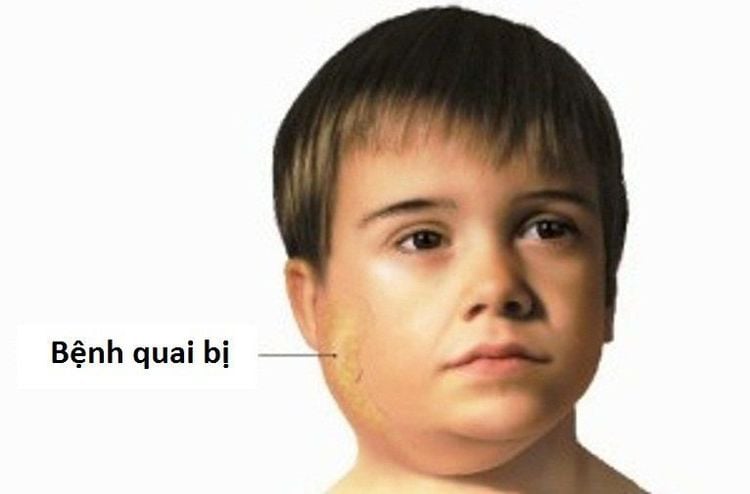
Quai bị ở bé trai gây viêm tinh hoàn
Mumps virus orchitis is most common in puberty and adulthood (adolescents). This symptom usually appears 5-7 days after inflammation of the salivary glands.
The highlight of orchitis in boys is that it usually occurs only on one side, the rate of orchitis on both sides is rare. When a child has orchitis, the child reappears with a fever, the body temperature is sometimes even higher than the initial fever due to inflammation of the salivary glands.
Testicles are swollen, painful, when touched, testicles have a solid density. Looking at the scrotum, the scrotum is visibly swollen, tight, shiny, and red. In addition, epididymitis, epididymitis, and even hydrocele may appear in severe cases.
Orchitis usually lasts 3-5 days, the fever is gone, after 3-4 weeks, the swelling and pain are gone, the swelling and pain relief gradually decrease.
Mumps orchitis in boys can cause testicular atrophy, this complication must be followed for a long time, about a few months to know for sure. Although the rate of testicular atrophy due to mumps virus is quite low, only 0.5% of cases, but if it happens, it will greatly affect the child's future fertility.
If one testicle atrophy, the other testicle will still function normally, but if both sides are atrophied, sexual activity and fertility (infertility) will be greatly affected.
To overcome orchitis in boys with mumps and prevent complications, it is necessary to:
Wear tight underwear to hang the testicles Take pain relievers such as Paracetamol
3.2 Mumps ovary infection in girls
Besides complications of orchitis in boys, girls with mumps can also have ovarian inflammation, but the rate is only about 7% of cases. Furthermore, ovarian inflammation in women rarely leads to infertility.
Currently, Vinmec General Hospital is implementing a package vaccination program to help children get comprehensive protection, increase resistance to minimize the risk of disease.
Please dial HOTLINE for more information or register for an appointment HERE. Download MyVinmec app to make appointments faster and to manage your bookings easily.




